Exclusive
 What Does Science and ESG Hold in Trump 2.0?
What Does Science and ESG Hold in Trump 2.0?
 Nature-Based Solutions: Balancing Promise and Limitations in Climate Action
Nature-Based Solutions: Balancing Promise and Limitations in Climate Action
 Crafting Eco-Friendly Strategies for Niche Enterprises
Crafting Eco-Friendly Strategies for Niche Enterprises
 U.S. Companies Roll Back ESG Commitments
U.S. Companies Roll Back ESG Commitments
 How New Rules Are Making Greenwashing a Thing of the Past
How New Rules Are Making Greenwashing a Thing of the Past
 Why Scope 3 is the Real Test of Corporate Climate Commitment
Why Scope 3 is the Real Test of Corporate Climate Commitment
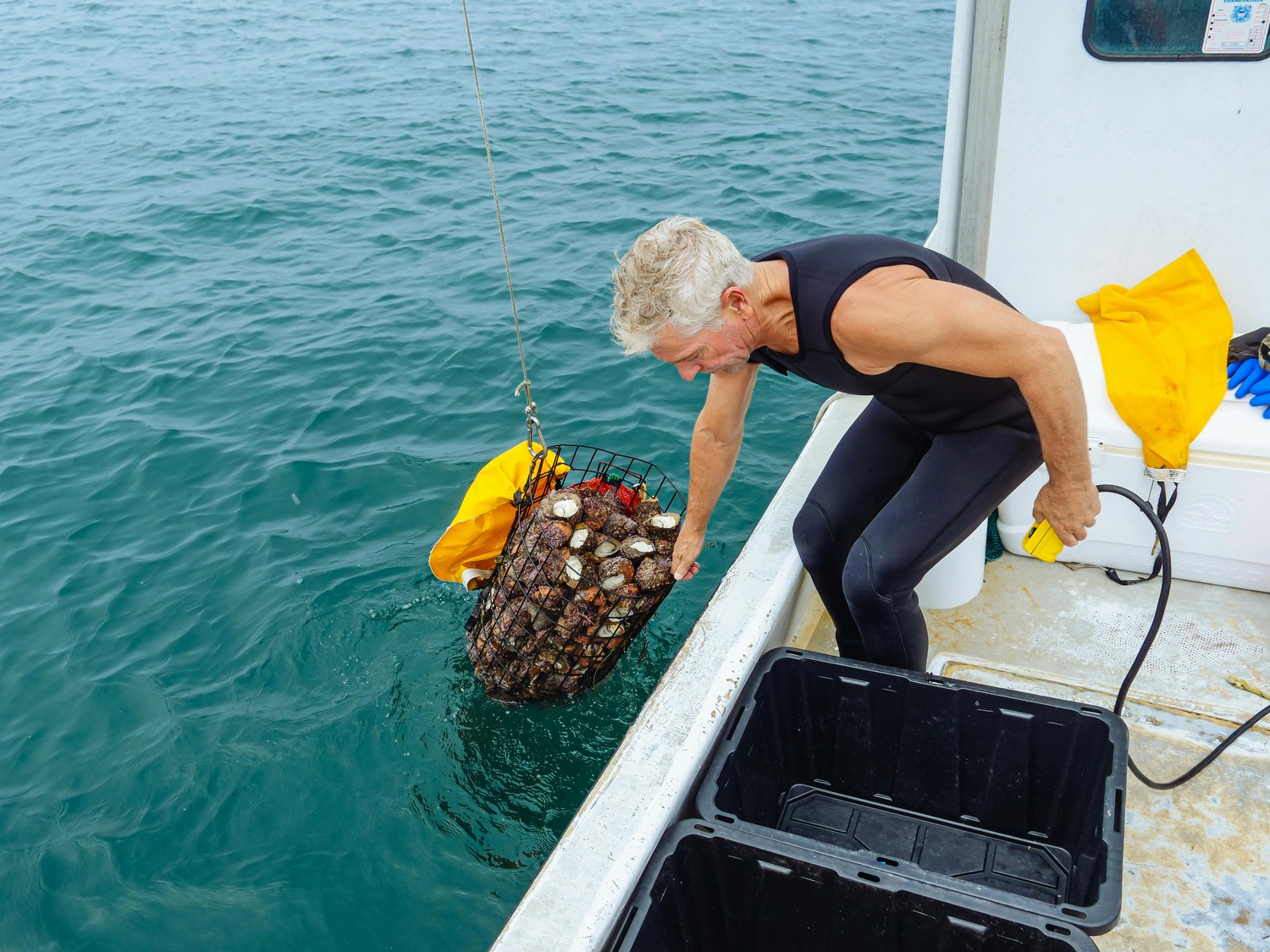 Water Sustainability in 2025 – Digitalization, AI, and the Rise of Smart Water Systems
Water Sustainability in 2025 – Digitalization, AI, and the Rise of Smart Water Systems
 From Pledges to Practice: Building Coherent and Reliable Climate Policy
From Pledges to Practice: Building Coherent and Reliable Climate Policy
.jpeg) The Role of Circular Economy in Waste Management
The Role of Circular Economy in Waste Management
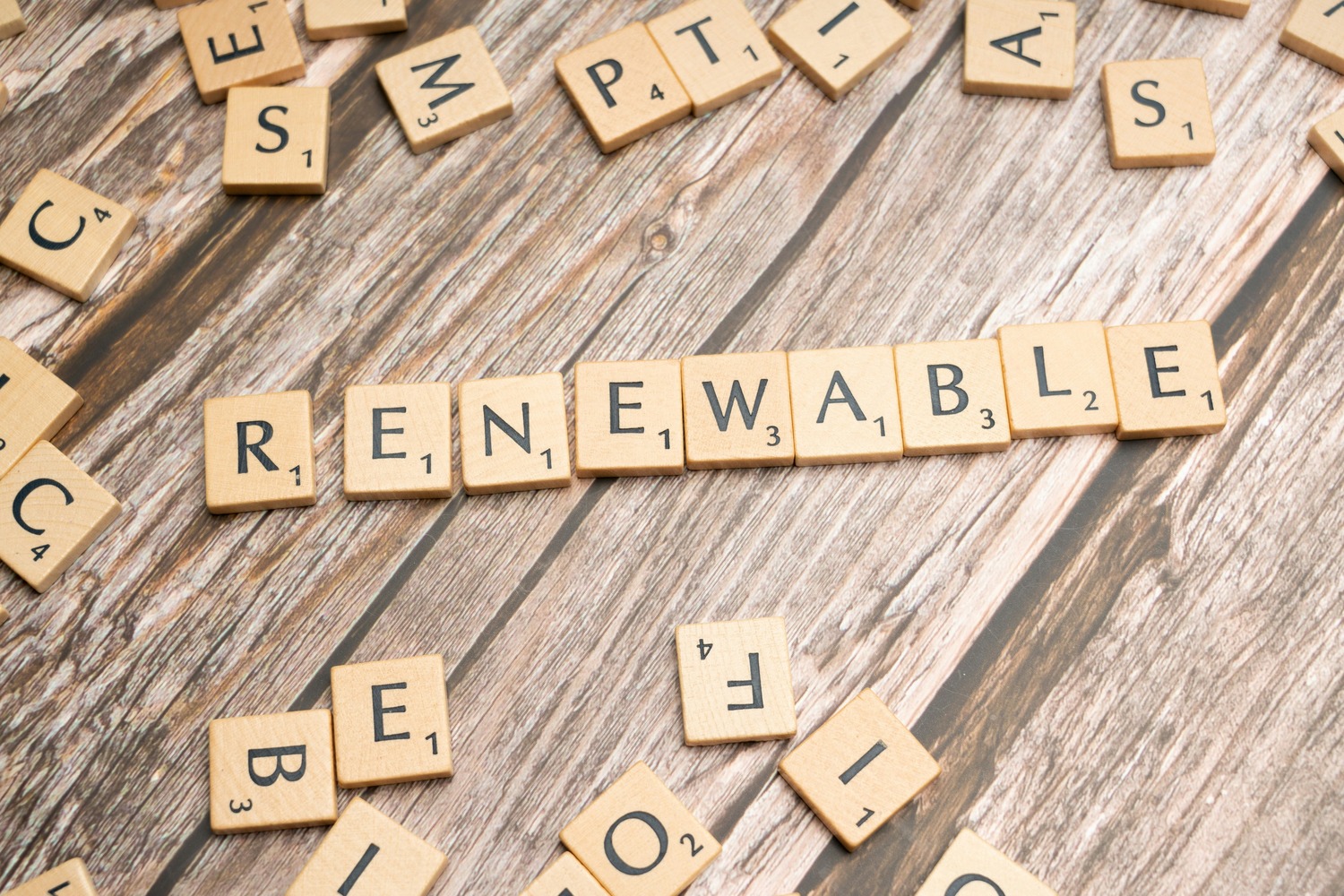 Small Steps, Big Wins: The Power of Everyday Sustainability
Small Steps, Big Wins: The Power of Everyday Sustainability
 Zero Waste at Home: Practical Tips for a Greener Lifestyle
Zero Waste at Home: Practical Tips for a Greener Lifestyle
 India’s Green Hydrogen Mission – Pioneering a Low-Carbon Future
India’s Green Hydrogen Mission – Pioneering a Low-Carbon Future
.jpg) Urban Resilience – How Nature-Based Solutions Are Transforming Cities
Urban Resilience – How Nature-Based Solutions Are Transforming Cities
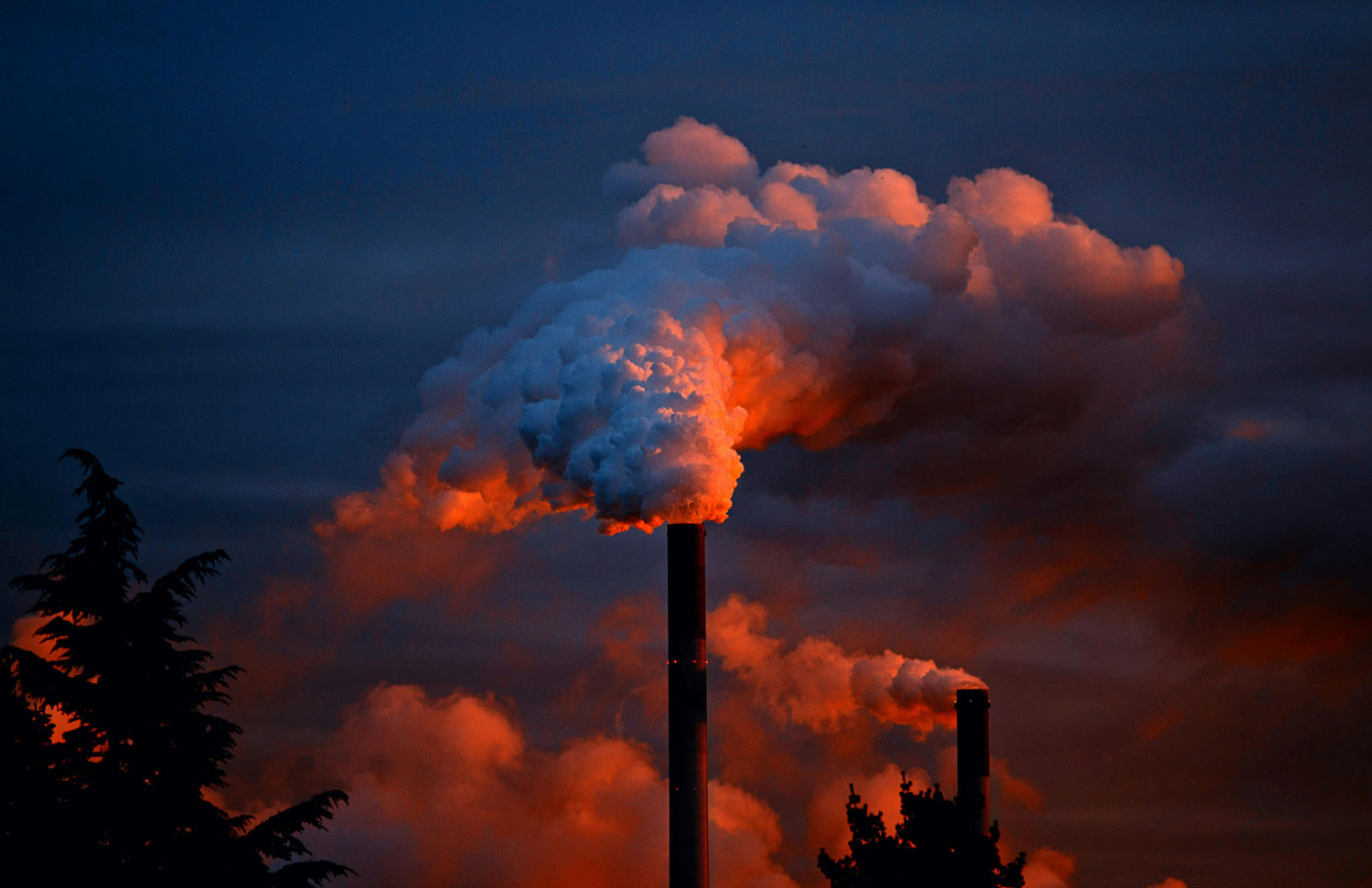 The ISO Net-Zero Standard – A Game Changer for Global Climate Action
The ISO Net-Zero Standard – A Game Changer for Global Climate Action
.jpg) Phasing Out Fossil Fuels— A Just Transition
Phasing Out Fossil Fuels— A Just Transition
 Life Cycle Assessment: The Key to Sustainable Decision-Making
Life Cycle Assessment: The Key to Sustainable Decision-Making
.jpg) Sustainable Menus— A Recipe for Environmental Responsibility
Sustainable Menus— A Recipe for Environmental Responsibility
.jpg) Green Hydrogen for a Sustainable Future
Green Hydrogen for a Sustainable Future
.jpg) Net Zero Made Simple— Everything You Need to Know
Net Zero Made Simple— Everything You Need to Know
 Regenerative Agriculture— Revitalizing Farms & Rebuilding Ecosystems
Regenerative Agriculture— Revitalizing Farms & Rebuilding Ecosystems
 Decarbonizing Transportation with Electric Vehicles and Beyond
Decarbonizing Transportation with Electric Vehicles and Beyond
 Reducing Consumption— Sustainable Practices at Home and Work
Reducing Consumption— Sustainable Practices at Home and Work
 Harnessing Power Through Sustainable Means
Harnessing Power Through Sustainable Means
 Decarbonization— The Path to a Low-Carbon Future
Decarbonization— The Path to a Low-Carbon Future
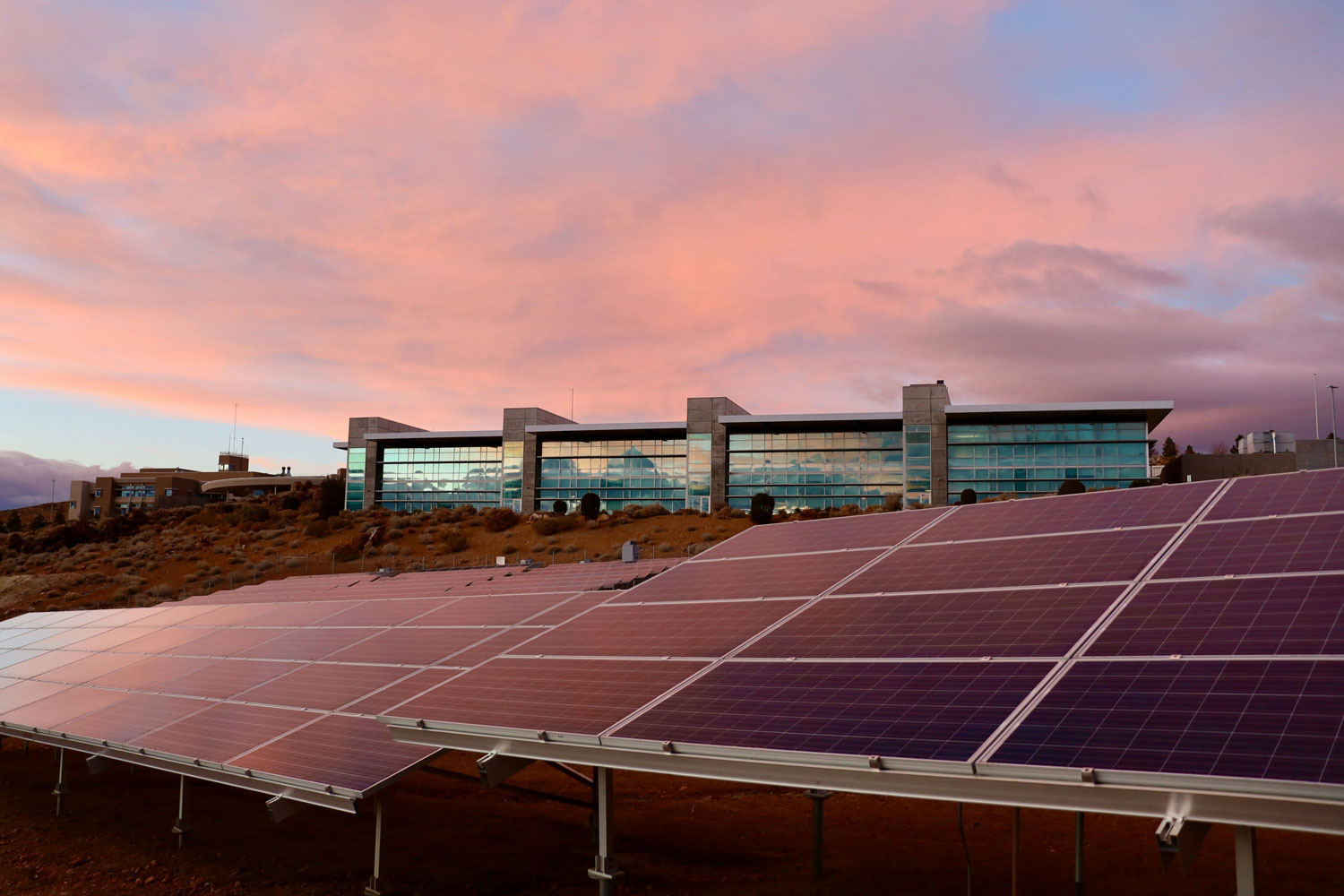 The Path to a Sustainable World
The Path to a Sustainable World

Subscribers: 236
Circular economy solutions gaining traction in manufacturing and packaging
.jpg)
27 March 2025
537
Circular economy solutions are increasingly gaining traction in manufacturing and packaging, driven by a collective commitment to sustainability and waste reduction. As we approach 2025— various initiatives and agreements are shaping the landscape of plastic packaging, aiming to create a more sustainable future.
Key Trends and Initiatives
- U.S. Plastics Pact Roadmap: This initiative aims for 100% of plastic packaging to be reusable, recyclable, or compostable by 2025. The pact unifies stakeholders across the plastics value chain to rethink design and usage thus ultimately; reducing plastic waste in the environment[1]. The roadmap outlines specific targets, including eliminating problematic packaging and achieving a minimum of 30% recycled content in packaging materials.
- Mono-Materials Focus: The shift towards mono-materials is crucial for enhancing recyclability. Multi-material packaging complicates recycling processes, making it less efficient. Agreements such as: ANZPAC Plastics Pact encourage the use of mono-materials to facilitate a circular economy, where materials can be reused without becoming waste[2]. This strategy is supported by initiatives like— CEFLEX’s Mission Circular in Europe— which aims to channel recycled materials into new markets effectively.
- Flexible Packaging Challenges: Flexible plastic packaging represents a significant portion of consumer plastic but faces recycling challenges due to its complex structure. Current efforts focus on improving collection systems and investing in sorting technologies to enhance recycling rates from the current low levels[3]. The UK Plastics Pact aims for 70% of plastic packaging to be effectively recycled or composted by 2025, emphasizing the need for coordinated action across the value chain.
- Reusable Packaging Models: As businesses pivot towards sustainable practices, reusable packaging systems are emerging as a viable solution to combat plastic pollution. The United Nations Environment Programme highlights that transitioning to reusable models can significantly reduce plastic leakage into the environment[4]. This shift is supported by new regulations in the EU that mandate reuse provisions, encouraging companies to adopt circular packaging models.
- Corporate Commitments: Major corporations like Henkel and Unilever are setting ambitious targets for their packaging strategies. Henkel aims for all its packaging to be recyclable or reusable by 2025, while Unilever plans to incorporate 25% recycled plastic in its packaging[5]. These commitments reflect a broader industry trend toward reducing reliance on virgin plastics and enhancing recycling infrastructure globally[6].
Conclusion
The movement towards a circular economy in manufacturing and packaging is not just a trend; it is becoming an essential component of corporate strategy and environmental responsibility. As we approach 2025— continued collaboration across industries will be crucial in overcoming challenges and achieving ambitious sustainability goals. By embracing innovative materials, enhancing recycling systems and committing to reusable models, companies can play a pivotal role in shaping a sustainable future.
[1] https://usplasticspact.org/roadmap/
[2] https://www.cyclpac.com/monomaterails-and-the-2025-circular-economy/
[3] https://www.wrap.ngo/resources/guide/creating-circular-economy-flexible-plastic-packaging
[4] https://www.weforum.org/stories/2025/01/tipping-point-year-for-reusable-packaging-systems/
[5] https://www.henkel.in/sustainability/regenerative-planet/circular-economy
Read Next
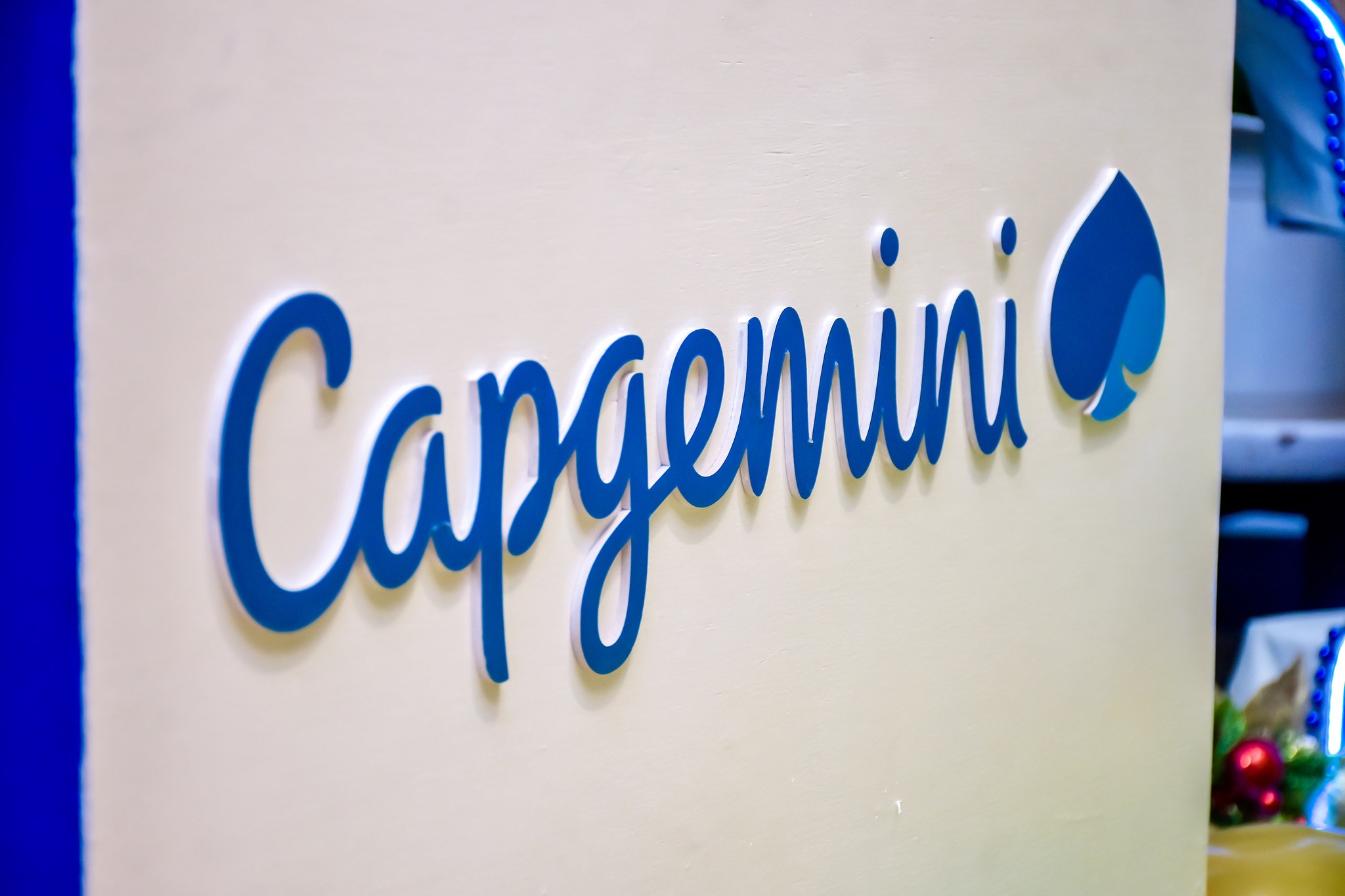 Articles
Articles
Capgemini Raises the Bar on ESG with Updated Policy and Ambitious Objectives
.jpg) Blogs
Blogs
Sustainable Menus— A Recipe for Environmental Responsibility
.jpg) News
News
Budget 2025 and India’s Sustainable Growth – ESG Trends to Watch
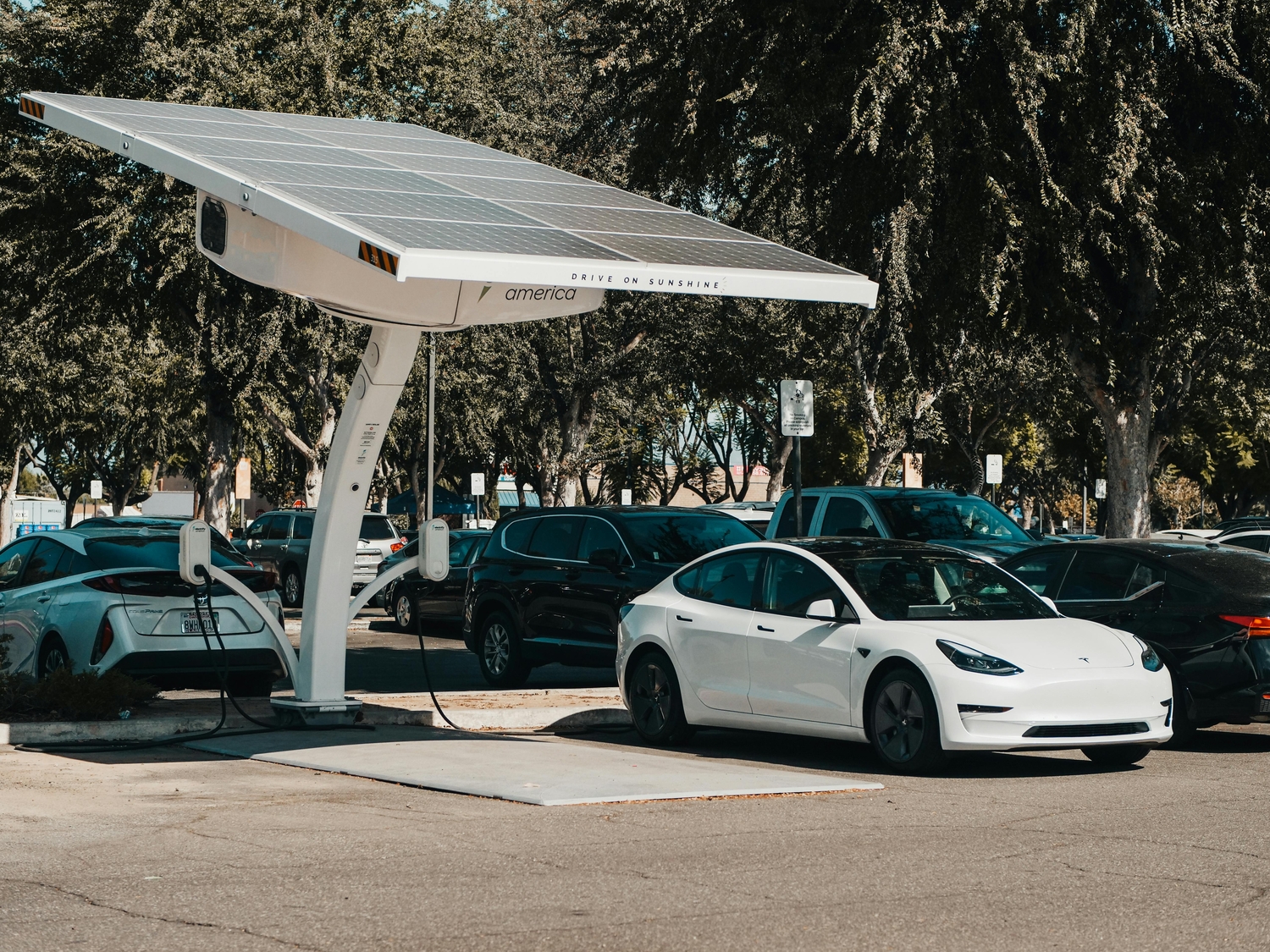 Articles
Articles
India’s Electric Vehicle Boom – What’s Driving 40%+ Annual Growth?
 Articles
Articles
Making Your Workplace a Greener Place
 Articles
Articles
Industrial Symbiosis Networks Creating Cross-Sector Material Flows
Live Polls

.jpg)
Leave your opinion / comment here